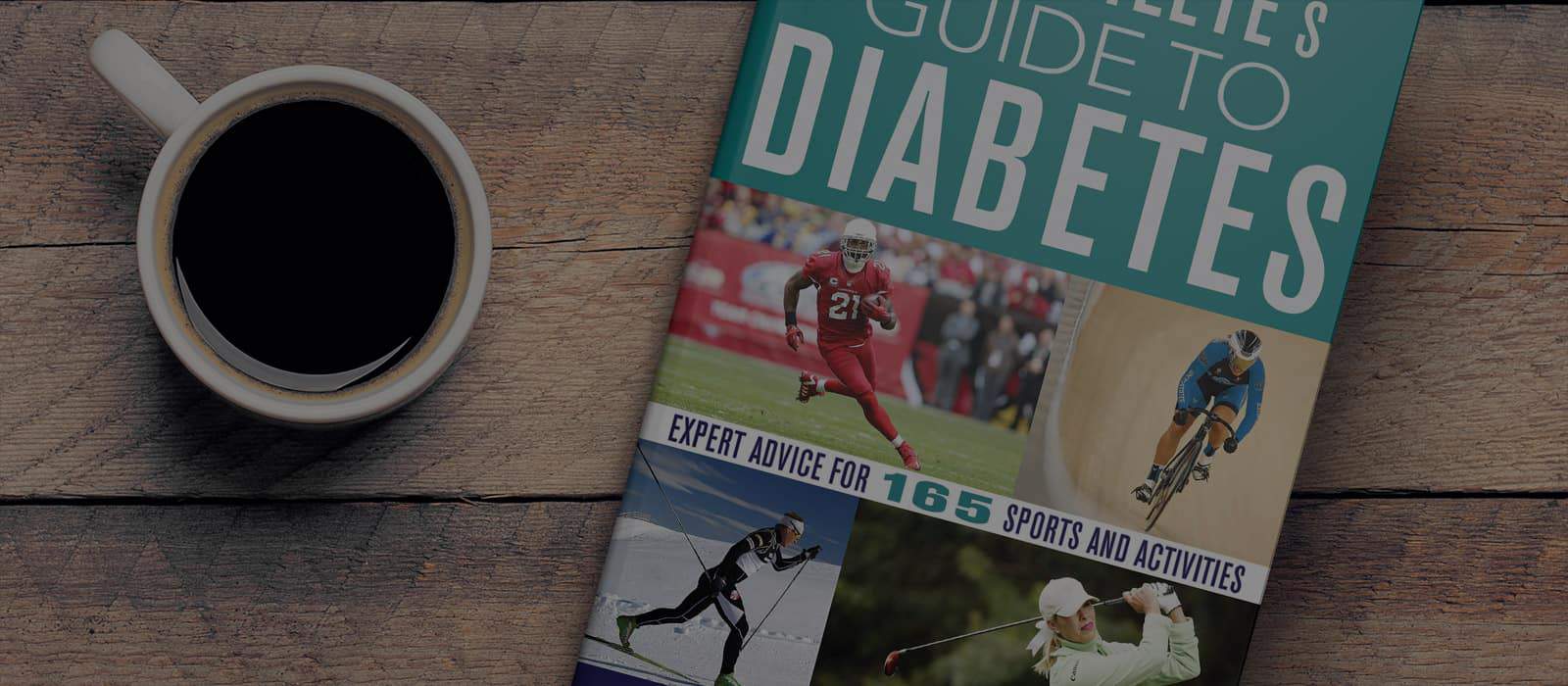One of the most recommended books in CIM’s library has always been the Diabetic Athletes Handbook. Recently, author, exercise physiologist, and fellow Type 1, Sheri R Colberg, PhD, FACSM, published an updated and equally excellent version of the book: The Athlete’s Guide to Diabetes (2019). We were able to get our hands on a copy not long after it was published and wanted to share our review with the Type 1 community. We’re happy to say, it still sits atop of our recommendation pile in the Type 1 library.
Highlights:
- A 12-chapter read separated into two Parts: I. The Athlete’s Toolbox and II. Guidelines for Specific Activities
- In Part I, the science of exercise is broken down into a way that can be easily understood
- Part II incorporates individuals’ experiences and the science of exercise. Views and tips and tricks are included and discussed, regardless of whether they are based on standard recommendations, or creative, outside-of-the-box thinking
- We were especially excited to see many individuals featured throughout the book with whom the CIM Team has crossed paths with over the years and consider our friends and mentors including:
- Professional Snowboarder and founder of Riding on Insulin, Sean Busby
- Slipstream Speaker and author the Diabetic Health Journal, Lauren Bongiorno;
- CIM Adventure Team Member, surfer, climber, and R&D badass Maggie Crawford;
- The co-founder of Hypoactive, inspiration beyond Connected in Motion, Monique Hanley
- Beyond Type 1 all-star, Mary Lucas, who helped bring our partnership with BT1 to life
- Adventurer and ultra-endurance athlete (and CIM’s new Adventure Coordinator!) Peter Nerothin
- The inspirational Blair Ryan, CIM Adventure Team member, Slipstreamer, surfer, and ultra-runner
- Newly minted Dr Dessi Zaharieva, MMA fighter and expert in diabetes and exercise
You can pick up your Kindle or Paperback copy, available from Amazon. Have a look.
General Overview
Disclaimer – Jen Hanson wrote this review and she got a copy of the book delivered as a gift. She’s featured in an athlete profile within the book, so she may be biased.
One thing that is so interesting about Type 1 diabetes is that it can act as a VIP card to connect you with really amazing, inspiring, and downright cool people who are just like you – who have similar dreams and who ‘get it’. That’s great news if you’re an athlete with Type 1 diabetes, or if you’re looking to get active and the Athlete’s Guide to Diabetes does a great job at proving that true. It would be hard to find a sport or an activity that isn’t mentioned in the book and with each activity, from bowling to ironman, to CrossFit, author Sheri Colberg connects readers with real people with Type 1 and their stories.
A few things we love about the book:
In Part I, the science of exercise is broken down into a way that can be easily understood. One thing we promote in the CIM community is digging deep into the information that is available so you can better understand how the science of things translates into real-world experiences. The book provides the right amount of background info so that the average reader can understand, and use that knowledge to make improvements to general exercise habits, athletic performance, and physical fitness.
Although many general recommendations are based and backed up by science, those athletes who have found solutions, even if they may not be the ‘norm’, have their experiences included. One example is provided by Blair Ryan on page 64. Although the benefits of basal reduction prior to exercise via insulin pump is often promoted as a strategy for avoiding hypoglycemia during activity, Blair discusses how she’s found using long-acting basal insulin via injection provides for better outcomes, particularly for long morning runs.
There are several athlete profiles included that dive deeply into the daily routines of individuals including top training tips, overviews of their diabetes regimes, and day-by-day breakdowns of what an average week looks like in terms of exercise and diabetes management for different sports and activities. One of our favourites is Sean Busby’s profile on page 132. He not only goes through a typical week – each day that looks different from the next (and even includes skijorning!), but he outlines how diabetes management can look different as activities vary.
Sprinkled throughout the book are various resources that athletes can access in the community, including a profile on Connected in Motion, Diabetes Training Camp, and Riding on Insulin (a few of our favs!)
Overall, we’ll continue to recommend The Athlete’s Guide to Diabetes to the community. We love the emphasis it places on personal experience and its balanced with evidence-backed recommendations.








